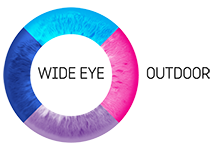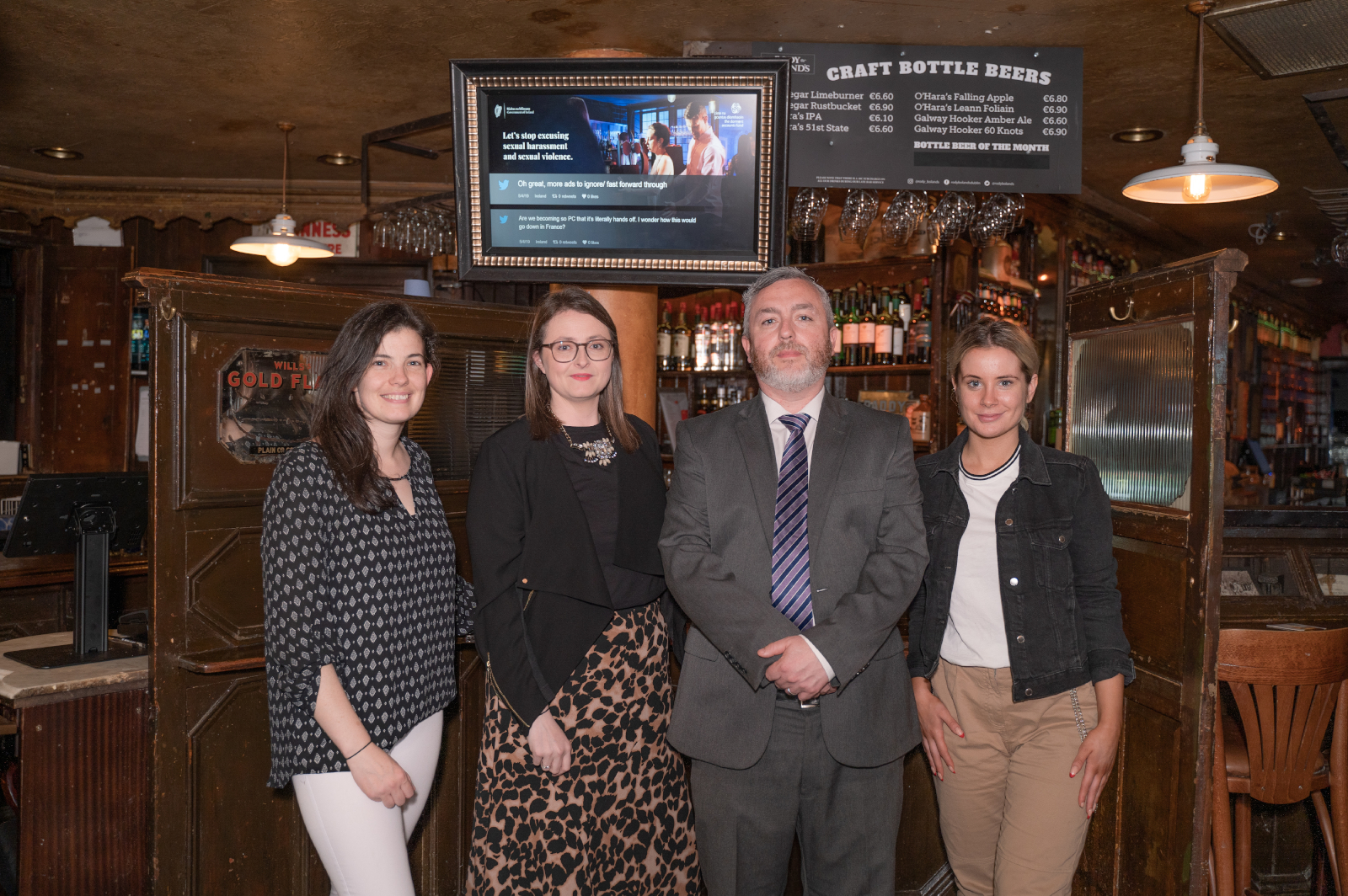Technology has had a massive effect on the OOH landscape. Developing Digital possibilities has revitalised a traditional medium by enhancing flexibility and reducing lead times. This in turn has resulted in fast and effective content delivery in environments that have always delivered a targeted and relevant audience. Consequently, Out of Home has grown as a communication channel while many other media sectors have seen a decline, writes Sarah Taylor, Digital Out of Home Director of Wide Eye Outdoor.
Wide Eye Outdoor has experienced the benefit of these technological changes first hand. Beginning as an off-shoot from Ireland’s well-established cinema advertising specialist, Wide Eye Outdoor was built from many years of experience selling static Cine 6 cinema posters. In 2014 Wide Eye Media launched the Cine D inventory and as such were one of the first media owners to move into the Digital Out-of-Home market.
Since then Wide Eye Outdoor, a stand-alone entity separate from Wide Eye Media, has evolved to become Ireland’s largest targeted Digital Out-of-Home provider with a unique network of premium digital formats targeting a highly-engaged socially active audience. The networks are located in carefully chosen high dwell time environments where consumers have the potential to be receptive to advertising messages. And even more so when the messaging is contextual and relevant to the audience.
Wide Eye Outdoor is always looking to expand the networks, given the right opportunity and subject to market appetite. By using a considered approach, we look at balancing an objective of increasing scale yet retaining core values of being a ‘constant’ part of one’s daily social journey. Wide Eye Outdoor recently acquired Lightboxes in high traffic, prime locations in Dublin, Naas Road, Killeen Road and Donnybrook. In addition, we look at ways of improving the value of our screens through tailored in-house content thanks to the agility of our networks to accommodate technological advances. The uptake of dynamic content campaigns has been slower than originally expected.
This poses the question whether a hesitancy reflects a reluctance, or that the traditional strengths of OOH advertising locations are primary considerations and digital technology has simply aided in getting the message there?
Looking into the future; short, medium and long term there will be continued growth for OOH, especially in the digital side of the market. As the potential applications of technology are unveiled, new opportunities for engagement will continue to launch while brands gain the experience and innovation possibilities of a new digital landscape. Already, the standard of the 10” digital creatives have improved considerably over the past 12 months alone. We are really excited about the idea of where this could lead.
In short, for us it’s all about connectivity. With continued investment in DOOH infrastructure, particularly in large format, there will be greater strategic planning choice right across the DOOH landscape. A new slew of data set points will become available. Then, as consumer’s lives become increasingly digitally integrated through a myriad of connected personal devices, we will see brands linking their OOH advertising to consumer’s daily touch points. Contextual and relevant messaging will be honed and achieved through more tailored and personalised content. This, combined with campaigns becoming more pertinent through first party real time client-led data (from EPOS, stock management, ticket sales etc), brands will be able to push the right message to the right people, in the right place at the right time – but like never before. A further beneficial layer is 5G although not as widely available yet as we would like.
The roll out of 5G for connectivity will substantially improve the mobile internet, which in turn will create a huge knock on effect for the integration of mobile and OOH.
Once 5G becomes ubiquitous, we will see truly interactive DOOH campaigns. With more unique experiences and rich media content downloads being created including filters, content overlays, gamification, product visualisations, AR portals and virtual tours. This range of engagement tools will faciltiate brands to enhance their sales offering and encourage on-the-spot conversion of potential customers or sales.
In the nearer future, The Public Health (Alcohol) Act, or the ‘Dark Market’ as it’s better known, comes into effect in November 2019. The OOH industry is well placed to adapt, innovate and reform just as it did in the late 1970s when tobacco advertising regulations arrived. As alcohol is the biggest spending category running on Out of Home, the Act will have an adverse effect on the industry as it currently stands. Wide Eye Outdoor however are well equipped with our in-pub network Social D. The Social D network consists of 100 screens in pubs, right at the point of purchase. It is a fully integrated network and a prime example of delivering the right message, at the right time in the right place. We can deliver targeted age appropriate adverts to an audience that are over 18 years and in a position to engage with our clients product.
The universal challenge will be delivering measurable and accountable campaigns for our clients, while optimising technological advances. As a media owner Wide Eye Outdoor is confident that our networks deliver measurable and accountable campaigns, and we are enthusiastic at the outlook as the market matures.



